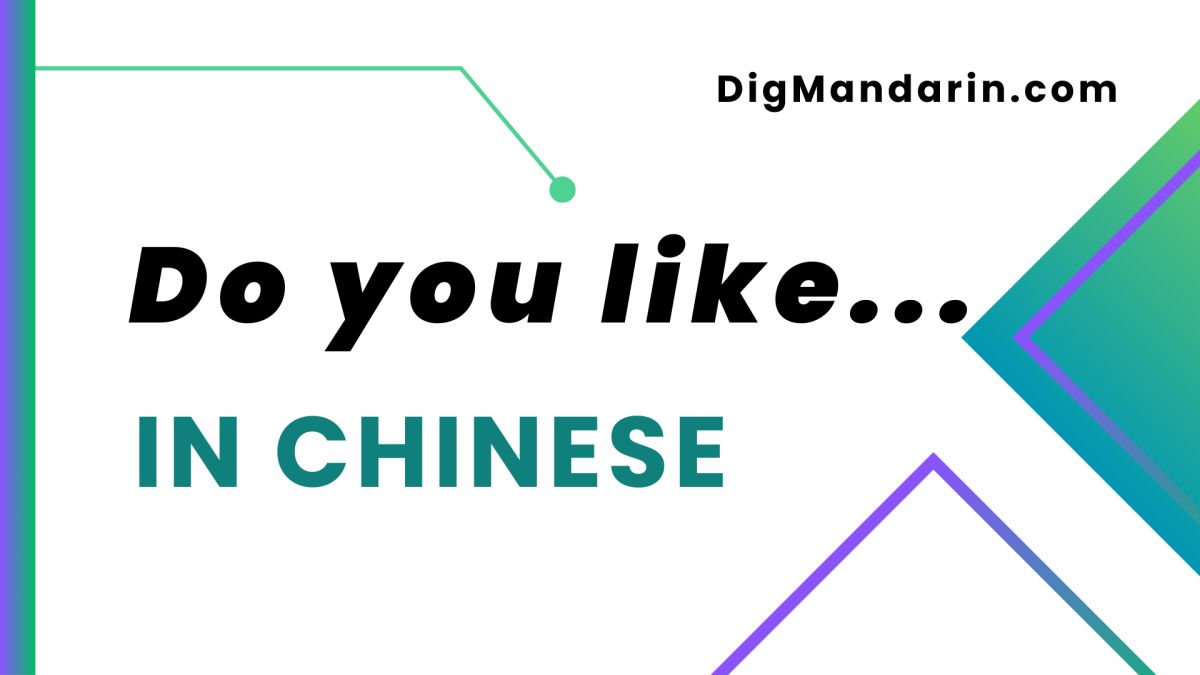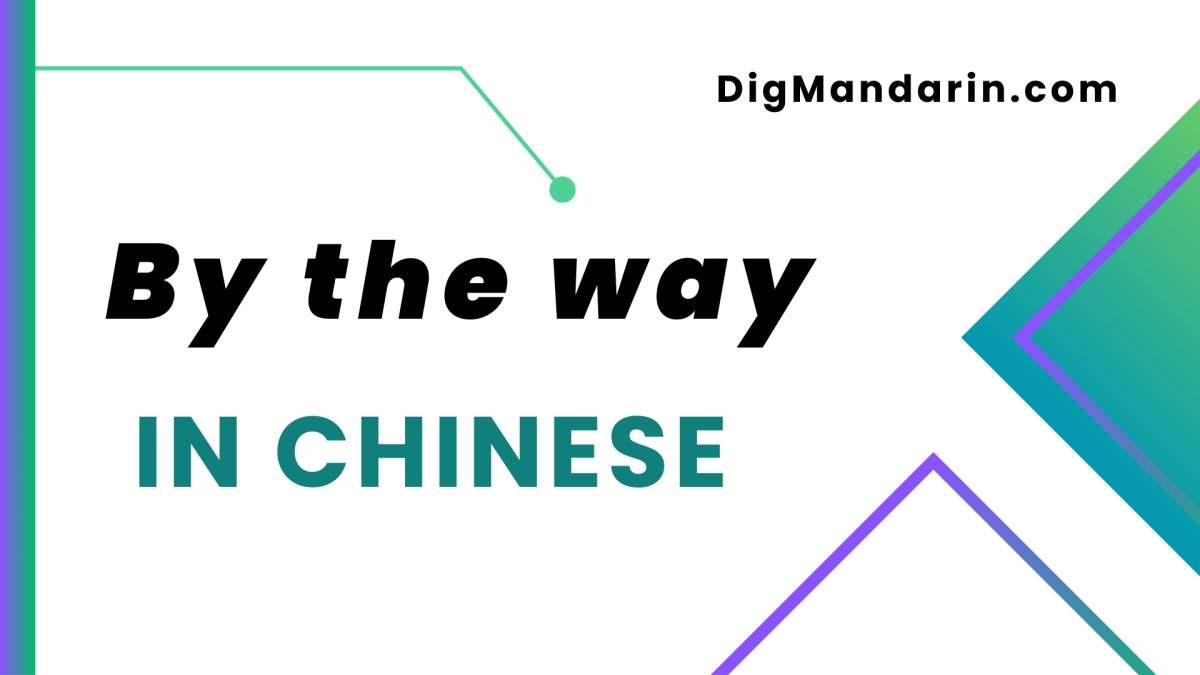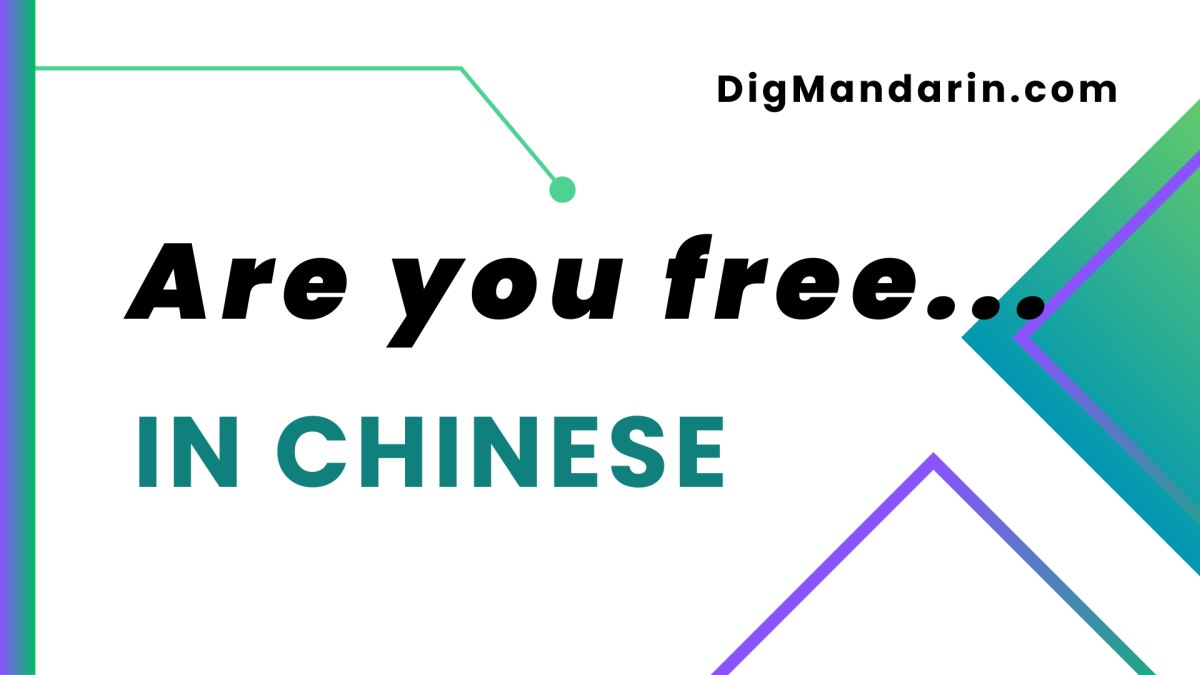Decrypting the HSK 1 Exam – Reading Section
Hey friends, are you having any issues in the HSK practice tests? When you are doing HSK exercises concerning Reading Part, are you unable to capture main idea of the whole passage consistently or complaining about lack of appropriate test skills?
Don’t worry we Hello HSK are here to give you some tips and advice in working through the HSK exercises from Level 1 to 6 along with some useful common phrases.
This time let’s first start with some tips in HSK1 Reading Part.
First Session in HSK 1 Exam Reading Part—True or False.
The True or False part in HSK-1 Reading focuses on vocabulary, examinees should memorize the 150 vocabularies involved in HSK-1.
While working in this part of the test, the examinees should first pay attention to chū zū ch distinguishing words from the same category. For example, “出租车” (taxi), “fēi jī huǒ chē – 飞机”(airplane), “火车”(train) are all means of transportation, but the images tīnɡ dú kàn will be different. Another example, “听”(listen), “读”(read), “看” (look) and xiě “写”(write) are all commonly used verbs.
Usually the pictures use an earphone to tīnɡ xiě indicate “听”(listen), a pencil for “写”(write), a person opening his or her mouth dú lěnɡ rè for “读”(read). Also, the topics may be about “冷”(cold) and “热”(hot), if the lěnɡ people in the picture are wearing thick clothes, then the meaning conveyed is “冷”(cold). However, if a sun is drawn in the picture, and people are shading rè themselves by their hands or wearing less clothes, then the meaning shall be “热”(hot).
Secondly, examinees should pay attention to subordinate relationships. For shuǐ ɡuǒ example, let’s look at “水果”(fruit). If there is specific fruit drawn in the picture for pínɡ ɡuǒ pínɡ ɡuǒ shuǐ ɡuǒ example “苹果” (apple), then answer would be “苹果” (apple) or “水果”(fruit). While shuǐ ɡuǒ if a strawberry is drawn but not an answer option, then the answer shall only be “水果”(fruit).
Related Key-words
椅 子(chair)
2. zhuō zi
桌 子(table)
3. yī shēnɡ
医 生 (doctor)
4. xué shēnɡ
学 生 (student)
5. diàn shì
电 视 (television)
6. chū zū chē
出租 车 (taxi)
7. shuǐ ɡuǒ
水 果 (fruit)
8. pínɡ ɡuǒ
苹 果 (apple)
9. diàn nǎo
电 脑 (computer)
10. xiǎo jiě
小 姐 (Miss)
11. tīnɡ
听 (listen)
12. dú
读 (read)
13. xiě
写 (write)
14. shuō huà
说 话 (speak)
15. lěnɡ
冷 (cold)
Second Session in HSK 1 Reading Part—Choose the Corresponding Picture
Items of the second part in HSK-1 Reading are often formatted with five pictures and five sentences under these pictures. The examinees are required to choose corresponding picture to each sentence. This section mainly tests the examinees’ understanding of sentence meanings.
The examinees should grasp the words indicating some key information like location, character and behavior. Then one can choose the corresponding picture according to this key information. For example, if the sentence is asking about jīn tiān xià yǔ mɑ weather like “今天下雨吗?”(Is it going to rain today?); then one should check which picture contains an expression of raining.
The examinees should practice common basic sentence patterns’ exercises, and make their own sentences with the 150 words of HSK-1. This practice can improve his or her ability in Chinese reading comprehension.
Related Key-words
去 (go)
2. zěn me
怎么(how to)
3. chī
吃 (eat)
4. bù
不 (no)
5. piào liɑnɡ
漂 亮 (pretty)
6. kàn jiàn
看 见 (see)
7. mínɡ tiān
明 天 (tomorrow)
8. ɡāo xìnɡ
高 兴 (happy)
9. nénɡ
能 (be able to)
10. zuò
做 (do)
11. zhù
住 (live)
12. xiǎnɡ
想 (think)
13. nǎr
哪儿 (where)
14. mǎi
买 (buy)
15. xué xí
学习(study/learn)
Related Common Phrases
老 师和 学 生 (teacher and student)
2. zěn me yànɡ
怎 么 样 (how about…)
3. duō shao qián
多 少 钱 (how much)
4. jǐ suì
几 岁 (how old)
5. qù nǎ li
去 哪 里 (where to go…)
6. tài hǎo le
太 好 了(very good)
7. zuò fēi jī
坐 飞 机 (by plane)
8. kàn diàn yǐnɡ
看 电 影 (watch a film)
9. qù shānɡ diàn
去 商 店 (go to the shop)
10. xīnɡ qī yī
星 期 一 (Monday)
11. duì bu qǐ
对不起 (sorry)
12. méi ɡuān xi
没 关 系 (never mind)
13. xiè xie
谢谢 (thank you)
14. chī shén me
吃 什 么 (what to eat)
15. zài jiā
在家 (at home)
Third Session in HSK 1 Reading Part—Choose the Corresponding Sentence.
This part of the exam contains five questions, where the students are asked to choose the correct answer from the options of A to E.
Before the test, the examinees should study and create a summary of the common question formats, Therefore, when he or she come across the same questions, they can immediately determine the key points of the question.
During the test, the examinees should first observe the five questions, and then nǐ shén me shí hou lái běi jīnɡ ?
find out the correct answers to them. For example, “你什么时候来北京?” shén me shí hou(When do you come to Beijing?), and here the question is about “什么时候”(when), hence the answer should be related to time. Sometimes words from the questions may also be a part of the answering options, where you need to only understand the question to determine the correct answer.
Related Key-words
菜 (dish/vegetable)
2. fàn ɡuǎn
饭 馆 (restaurant)
3. diǎn
点 (order)
4. yuè
月 (month)
5. jiào
叫 (call)
6. rèn shi
认 识 (know sb)
7. lái
来 (come)
8. hǎo
好 (good)
9. pénɡ you
朋 友 (friend)
11. zuò
坐 (sit)
12. xué xí
学习 (study)
13. méi
没 (not)
14. nénɡ
能 (be able to)
15. huì
会 (can)
Related Common Phrases
去 哪儿 (where to go…)
2. jiào shén me
叫 什 么 (what’s the name of…)
3. kàn pénɡ you
看 朋 友 (visit a friend)
4. tiān qì zěn me yànɡ
天 气 怎 么 样 (how’s the weather)
5. jǐ diǎn
几 点 (what time)
6. nǎ ɡe
哪个 (which one)
7. ɡōnɡ zuò de shí hou
工 作的 时 候 (at work)
8. zuò chū zū chē
坐 出 租 车 (take a taxi)
9. hěn hǎo
很 好 (very good)
10. zài qián miàn
在 前 面 (in front of)
11. xiǎnɡ qù yī yuàn
想 去 医 院 (want to go to the hospital)
12. bú kè qi
不 客 气 (you’re welcome)
13. méi rén
没 人 (nobody)
14. huí jiā
回家 (go back home)
15. kàn bu jiàn
看 不 见 (can’t see)
Fourth session in HSK 1 Reading Part—Choose Right Words for the Blanks
In the HSK-1 tests, the “Choose right words for the blanks” part requires the examinees to select an appropriate answer to complete the sentence.
The examinees should firstly understand the general idea of the sentence, and then choose one from the answers. The blanked words usually are related to some shén me key information in the sentence. They can be: interrogative words like “什么 dǎ dǎ diàn huà”(what), key verbs like “打”(call) in the phrase of “打电话”(make a phone call), qián miɑn hé words indicating directions like “前面”(in the front) and prepositions “和”(and) with a parallel meaning.
To handle these problems, the most important thing is to understand the meaning of the whole sentence, and the five answer options. If one knows how to use each answer correctly, then the examinee will find the most appropriate answer.
Related Key-words
钱 (money)
2. mǐ fàn
米 饭 (a bowl of rice)
3. dú
读 (read)
4. ɡāo xìnɡ
高 兴 (happy)
5. fēn zhōnɡ
分 钟 (minute)
6. kàn jiàn
看 见 (see)
7. ɡōnɡ zuò
工 作 (work)
8. shānɡ diàn
商 店 (shop)
9. mǎi
买 (buy)
10. zuò
做 (do)
11. zěn me
怎 么 (how to)
12. lǎo shī
老 师 (teacher)
13. jiā
家 (home)
14. piào liɑnɡ
漂 亮 (pretty)
15. fēi jī
飞 机 (airplane)
Related Common Phrases
什 么 时 候 (when)
2. shì shuí
是 谁 (who is…)
3. xiě hàn zì
写 汉 字 (write Chinese characters)
4. zhuō zi shanɡ
桌 子 上 (on table)
5. kāi chē
开 车 (drive a car)
6. jǐ fēn zhōnɡ
几 分 钟 (a few minutes)
7. méi yǒu shuǐ
没 有 水 (no water)
8. zài zhuō zi shanɡ
在 桌 子 上 (on the table)
9. mǎi shuǐ ɡuǒ
买 水 果 (buying fruit)
10. tīnɡ bu jiàn
听 不 见(can’t hear)
11. hē chá
喝 茶 (have a cup of tea)
12. yǒu diǎn ér
有 点 儿 (a little/bit)
13. bú xià yǔ
不 下雨 (doesn’t rain)
14. méi yǒu rén
没 有 人(nobody)
15. nénɡ qù
能 去 (can go)
We hope that these tips about the HSK 1 Reading Section have been useful to you. By the way, don’t forget to memorize vocabulary words since they are essential in doing HSK exercises. In next article, we will give some insight for HSK2 Listening Part.





This Post Has 0 Comments